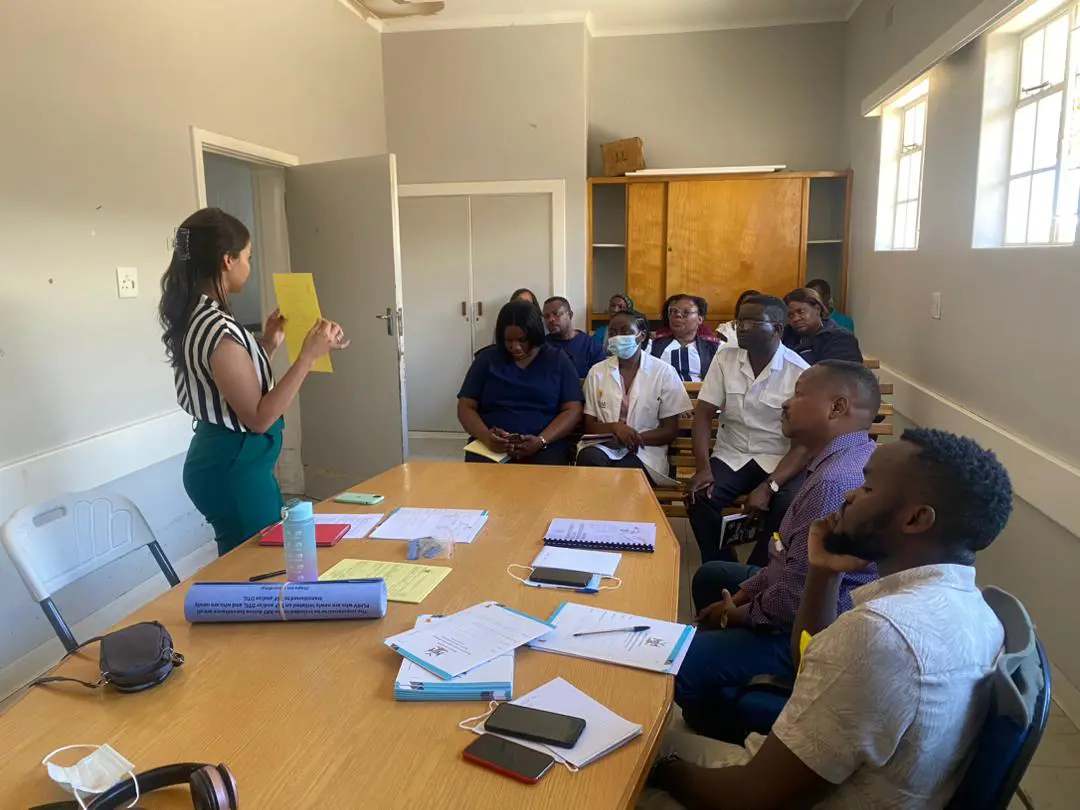
While a spontaneous adverse event reporting system is a valuable source for generating medicine safety signals, it has limitations when distinguishing potential adverse drug reactions (ADRs) to medicines from disease progression or coincidental issues. It is also difficult to use data from spontaneous ADR reporting systems to accurately calculate the true incidence of ADRs within a specific population due to inherent problems such as underreporting or overreporting of these events. Nevertheless, it is the primary means by which pharmacovigilance on drugs is performed. On the other hand, active surveillance methods give comprehensive data on individual adverse reports and allow for the determination of ADR rates through an ongoing, pre-organized process.
In 2019, the Therapeutic Information and Pharmacovigilance Centre (TIPC) under the Namibia Medicines Regulatory Council (NMRC), in collaboration with the Directorate of Special Programs (DSP), established a National Technical Working Group (TWG). The establishment of a TWG arose due to several factors, including the introduction of new anti-TB medications and innovative treatment regimens for managing multi-drug resistant TB (MDR/XDR TB), as well as new medications for HIV management in Namibia which lack well-established safety profiles.
The TWG's primary focus is to oversee the monitoring of medicine safety and prevention of adverse events related to the management of HIV and MDR TB, with meetings held on a monthly or quarterly basis. Recently, the group decided to develop an active surveillance system in Namibia for the latest anti-TB and ARV medications.
The system utilises sentinel sites, which serve as a valuable active surveillance method for monitoring adverse events related to HIV and TB medications. Healthcare facilities with a high volume of patients, as well as dedicated data clerks were chosen to be sentinel sites. These strategically chosen healthcare facilities systematically collect data on patient outcomes and adverse reactions associated with the usage of these drugs. By closely monitoring a representative sample of patients, sentinel sites can swiftly detect and report any unusual or severe adverse events, helping healthcare authorities respond promptly with necessary interventions or treatment adjustments.
This active surveillance system began in September 2022 with implementation training for active surveillance involving 10 healthcare facilities from five different regions in Namibia. This education aimed to inform and empower healthcare workers about active surveillance methods that they could use to collect data on the usage of newer HIV and TB medicines. Participants, including medical doctors, nurses, pharmacists, and data clerks, were equipped with the essential tools, skills, and knowledge required to effectively implement active surveillance within their facilities. They were also trained to educate other healthcare workers within their regions.

Supervisory support visits and on-site trainings to the active surveillance sites
To ensure effective support for active surveillance activities, the TWG also visited the sentinel sites. During these visits, the TWG assessed the progress of implementation and provided on-site training to healthcare workers involved in managing patients on the medicines under surveillance.
The implementation of this active surveillance system in Namibia is expected to yield local data on adverse reactions and side effects related to HIV and TB medications. This data will play a vital role in enhancing patient safety and optimising treatment outcomes through the systematic identification, recording, and reporting of any adverse reactions related to the use of new HIV and TB medicines during the routine care of patients.
After the site visits and on-site training, the TWG anticipates a rise in patient identification and active participation in the surveillance program, along with an increased number of adverse drug reaction reports. These activities have been met with much enthusiasm, and the TWG is excited to start reviewing and analysing the resulting data over the next 24 months.




